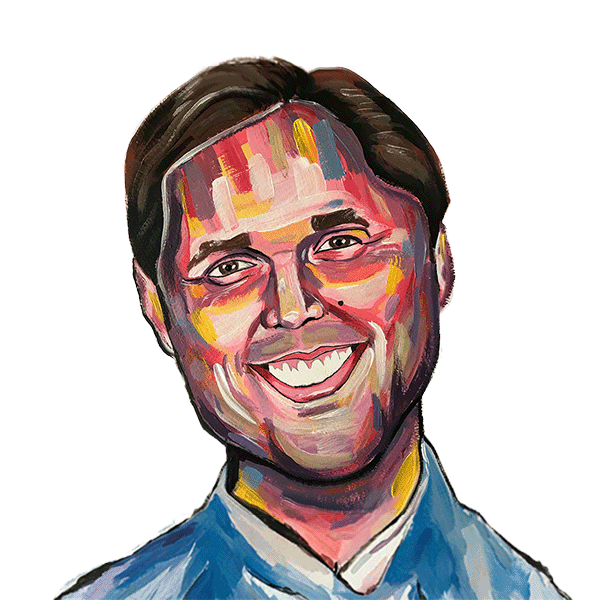Work From (M)anywhere

We launched our Work From Anywhere (WFA) program five weeks ago, and it’s early days for big reflections on how successful the program is overall, so we can’t speak to that at the moment. What we can share is a bit more around our thinking and the data that we used to inform us before we took the decision to become a distributed-first workplace, offering our employees more flexibility in the way they work. There’s also been articles and posts in social media that have made assumptions on what our program is and is not, e.g. we are moving fully remote (hint, hint – we are not).
Management and Leadership
Your management model and leadership style is one of the most critical components when building a distributed-first organisation.
I’ve had many discussions with old friends, people within Spotify, other companies and reporters since we officially launched our Work From Anywhere (WFA) program. Many of whom share our beliefs on how to build a culture that embraces uncertainty, a fluid organisation, with leadership that enables its people.
In the other camp, there are many people who operate in regulated industries that therefore require more control. For example, those organisations that have production staff who are required to be in a specific location. And of course, there are those who hold a different belief on what culture and leadership works for them. There is no right or wrong answer but your choice will impact your likelihood of success (or lack thereof) in a distributed world.
Moving into a distributed world with flexibility for your people requires a trust-based leadership, vs a control-based leadership. You have to ditch your traditional metrics based on an employee’s input, such as when employees arrive or leave the office, the number of hours they spend in the office, the number of sales meetings they attend. Instead, you need to focus wholeheartedly on your employees’ output, such as what impact they have on your mission.
This is trust based leadership, which you can find reflected within our beliefs and statements within our manager manifesto, and has been a great basis for us as we’ve navigated through our WFA offering:
- “We believe in managers who have the willingness and courage to lead.”
- “Our managers bring clarity to their teams, translating complexity into actionable insights and removing any roadblocks.”
- “They dare to let go of control and empower autonomy.”
Is the Hybrid Model the Worst of Both Worlds?
You’ve probably read at least one article or blog post, which argues that you need to pick either the office model, or the fully remote model. We disagree…loudly!
The main argument against a hybrid model is that you will inevitably create two groups or two cultures: the office group, and the remote group. At Spotify, this is not part of our DNA and it’s not something we accept as a given. Yes, it is an argument that has some logic behind it, and definitely something you need to proactively work to avoid if you decide to go for a hybrid model. However, with the right cultural foundation, you can challenge that chosen truth. Again, for us, we were able to lean heavily upon this cultural foundation whereby the act of embracing polarities is encouraged (or even essential). We work to view issues not as ‘either/or’ but ‘both/and’. Our managers and employees thrive on staying flexible and they are able to adjust quickly to new circumstances, prioritizing ruthlessly for the right impact.
Instead of creating two camps, we see that with the introduction of our WFA program we are driving two changes:
- A cultural change going from collocated-first to distributed-first. In the past we optimized for in-person collaboration but allowed for virtual collaboration. Going forward we will optimize for virtual collaboration but allow for in-person collaboration. This means that no matter where or how our employees work, they will still be able to have the same impact and work in the same way.
- Practical allowances for flexibility in where our employees work. On top of this we have listened to our people and the majority want flexibility in how many days they spend in the office, not an ‘either/or’ scenario. And our belief is that if each and every one gets a bit more control over how they manage their time, they will be happier and more engaged.
What About the Research?
When building our program we discussed our approach with researchers, read scientific articles as well as met with others who had been on a similar journey to understand what they have learned. We used these insights to make a data-informed decision, meaning we took the learnings and adopted them to our context. That also means we don’t argue that you should follow our lead or that we got everything right. This works for us, it’s a journey and we will tweak and adapt as we go. Going forward we will work closely with researchers to learn the impact of this change and course correct where needed.
Employee Health in a Distributed-First Setting
There are arguments and evidence that support opposing ideas – that it is an increased risk for mental health while working at home, and that it is not. Time will tell, or perhaps this debate will go for eternity. Regardless of the answer the debate reaches, we’ve chosen to be better safe than sorry.
Firstly, we will offer co-working spaces to everyone who chooses to work from a location where we don’t already have an office. By providing a choice we can also tailor the set-up based on your individual needs.
Secondly, we invest in our Heart and Soul team to build systems to catch early warning signs, and to educate managers, teams and individuals on how to work sustainably and help each other.
A Big Push for Diversity
Our WFA program has allowed us to take a huge leap forward in our diversity, inclusion and belonging efforts. All of a sudden we can tap into talent pools in new markets, bridge the gap between cities and countryside, provide interesting opportunities for people who need to be close to their families and allow for people to balance their private life with their professional life in completely new ways.
Make Your Own Data Informed Decision
All and all, we don’t argue you should follow our lead. However, we do argue that you should read up on research to make a data-informed decision, adapt your solution to your culture and constraints and make sure your leadership model is up for the change your want to achieve.



